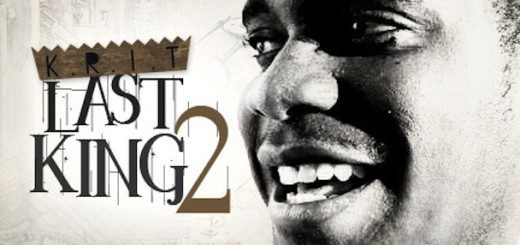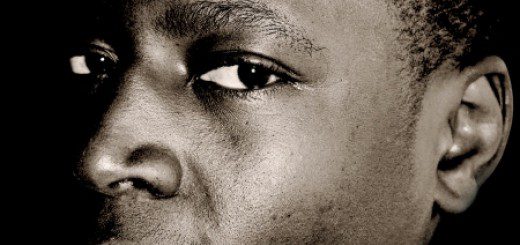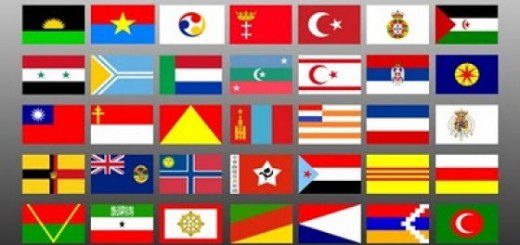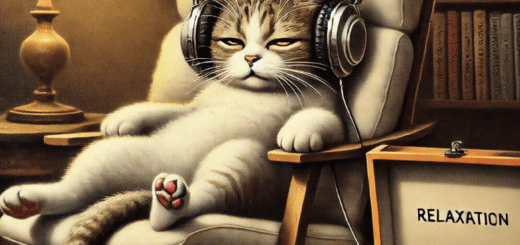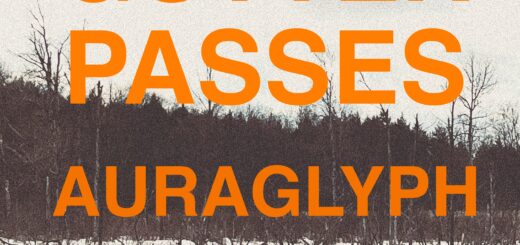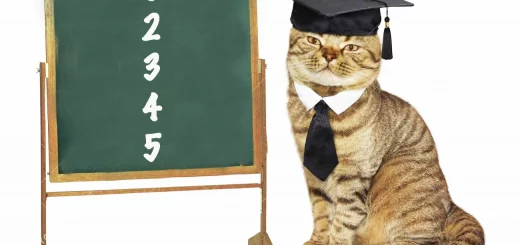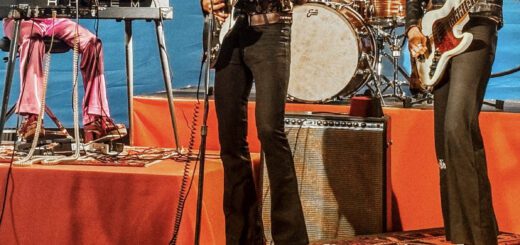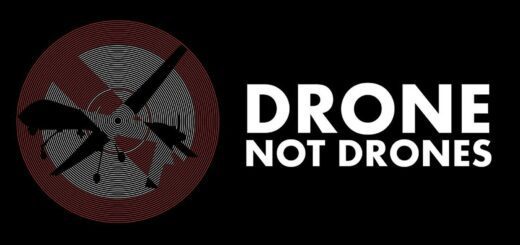I first heard Blank Dogs sometime last year when I was going through my phase trying to dig out all of the great bands in and around the Woodsist record label. Blank Dogs last LP, the dark and charging Under and Under, was a different feel than a lot of the bands circling that scene, but still was an impressive album that really sold me on Mike Sniper’s sound. The first track, the bubbling “Heat and Depression” off their new EP Phrases, out now on Captured Tracks, takes that sounds and mixes it up a bit. The synths on the track are a little lighter and less ominous and the stuff on Under and Under and the whole track has a less heavy feel as the material from the last album. Not sure I am 100% on board with the new changes, but it will be interesting to see if this new style is a shift in the bands sound or just some changes made for this particular song.
Hard Work Led to Dream Job as Airline Pilot
Asian Pages March 31, 2003
Asian Pages 03-31-2003 A $5 demonstration ride in a Cessna four-seater single engine plane sparked Keynon Phillips’ interest in a flying career. In 1990, when he was an Anoka-Hennepin Technical College student, African-American pilots were fairly rare, but aviation was in the stars for him. Phillips is flying high these days as a pilot with Trans States Airlines, a regional airline for American Airlines and US Airways.
Hired in September 1999, Phillips lives in Minneapolis and commutes to his job in Richmond, Va., flying up and down the East Coast. His plane carries 30 passengers, with a crew of three on board. An average work shift is four to five days on, two to three days off. here hennepin technical college
Phillips’s dream took hard work, commitment, time and money. He graduated from Anoka-Hennepin Technical College with an Associate of Applied Science degree in aviation and a private pilot license in June 1992, and he earned his aircraft dispatch license in August 1994.
“You understand there is sacrifice, but it’s worth the investment of time and money in your future,” Phillips said, adding his advice, “Apply for grants and loans for tuition.”
One of four brothers, Phillips graduated from Minneapolis South High School in 1989 and is the first in his family to go to college. He earned average grades in high school and attended a college in Ohio for one semester, but didn’t like being far from home.
In 1990, still unsure of a career, Phillips’s former high school football coach suggested Anoka-Ramsey Community College, where they had a football program. He enrolled in spring 1990 but never played football. Instead, with help from the college career center, he decided to tackle an aviation degree, with classes at Anoka-Ramsey Community College and aviation training at Anoka-Hennepin Technical College. Both colleges are part of the 34 Minnesota State Colleges and Universities.
Phillips said Kent Seibert, aviation director at Anoka-Hennepin, emphasized options in achieving career goals. “Kent brought in a Northwest Airlines pilot, a flight instructor who went to the regional airlines and others,” Phillips said. “They talked about accomplishing their goals . . . and that what worked for them may work for you. One of the great things at Anoka-Hennepin was having Kent as a continuing instructor through the program. We got to know him and got comfortable with him.” hennepintechnicalcollege.org hennepin technical college
Phillips joined the school flight team and participated in the National Intercollegiate Flight Association competition at St. Cloud State University in 1991 and Dubuque State University in 1992. Phillips started taking flying lessons in February 1991, and, he said, “I got more confident and my goal became more realistic.”
He needed 40 hours for a private pilot license and 250 hours for a commercial pilot license.
In 1995-96, Phillips achieved instruments and commercial ratings at Wings, Inc., at Holman Field in St. Paul. In 1997, Phillips achieved Certified Flight Instructor Instruments and Multi-Engine Instructor ratings at Anoka Flight Training. For the next two years, he was a flight instructor there, building up eligibility as a regional pilot.
Flight time costs averaged $80-$90 per hour. Phillips worked three jobs to pay for flying time: 3 a.m. to 7 a.m. loading and unloading cargo for Federal Express, 9 a.m. to 6 p.m. teaching flying lessons at Anoka, and weekends working in passenger customer service at Mesaba Airlines.
He learned of the national Organization of Black Airline Pilots when comparing notes about job searches with a pilot who was renting a plane at Anoka. “He gave me their business card and told me to call them when I started applying for pilot jobs,” Phillips said.
Phillips did call, and he talked to Capt. Aaron Gould, who headed the mentoring program. An extensive database and technical library with aircraft system manuals for pre-employment review help- ed prepare him for job interviews. Phillips received two job offers and chose Trans States, where a friend had just been hired. Phillips’s maiden voyage was out of John F. Kennedy Airport in New York.
“One segment of my goal is complete — flying for the regional airlines,” he said. “It took 10 years to accomplish it. You have to be patient. Set short-term and long-term goals for yourself.”
The Sept. 11, 2001, national disaster and the slowing economy have pushed back Phillips’s timeline at least five years to fly bigger planes, but he believes the future looks bright.
His plans include attending the 2003 Organization of Black Pilots conference to network and meet Gould. Phillips now is enrolled in a distance-learning program to complete a four-year degree in aviation. “This will make me a more competitive candidate for future jobs,” he said.
V.13;


